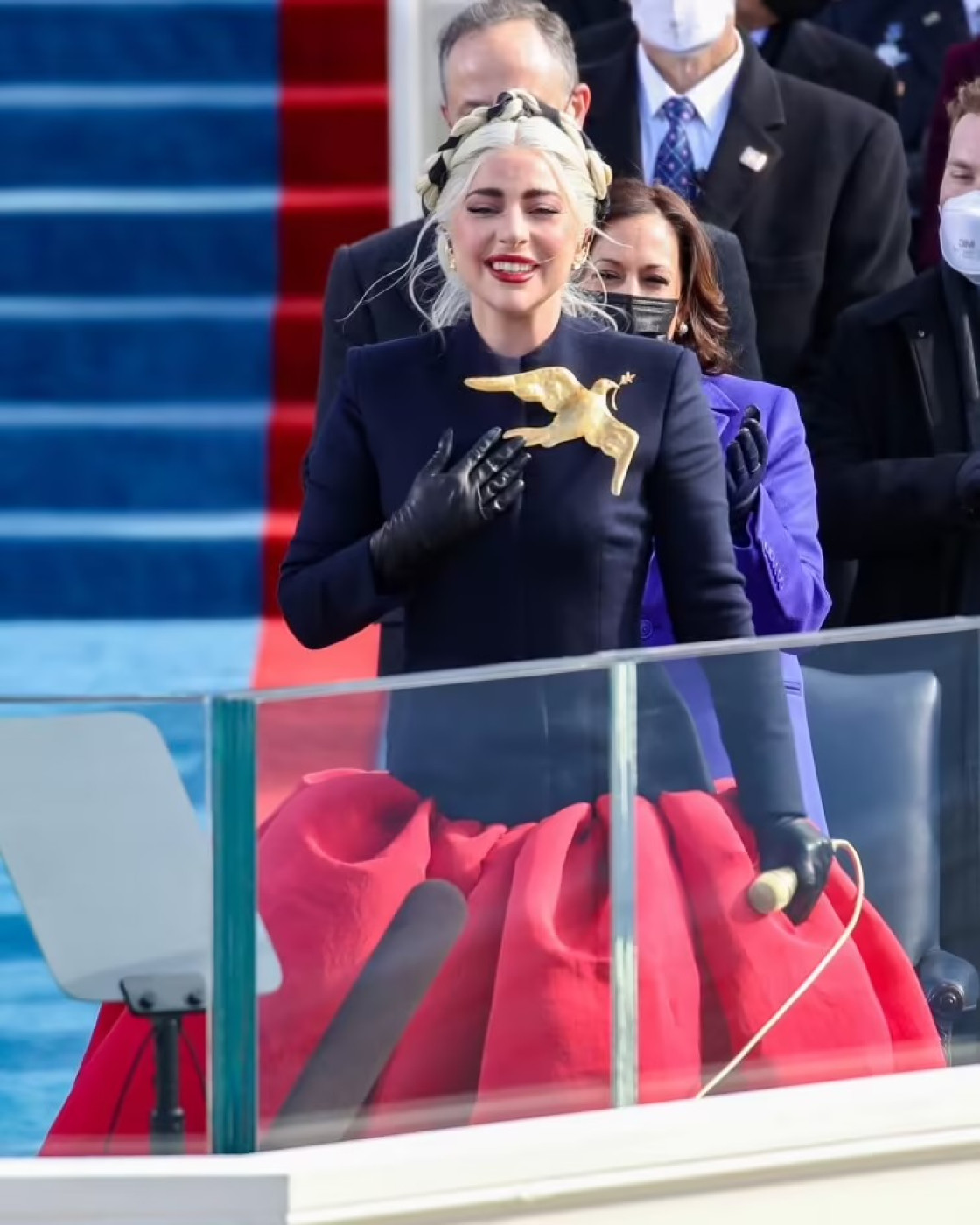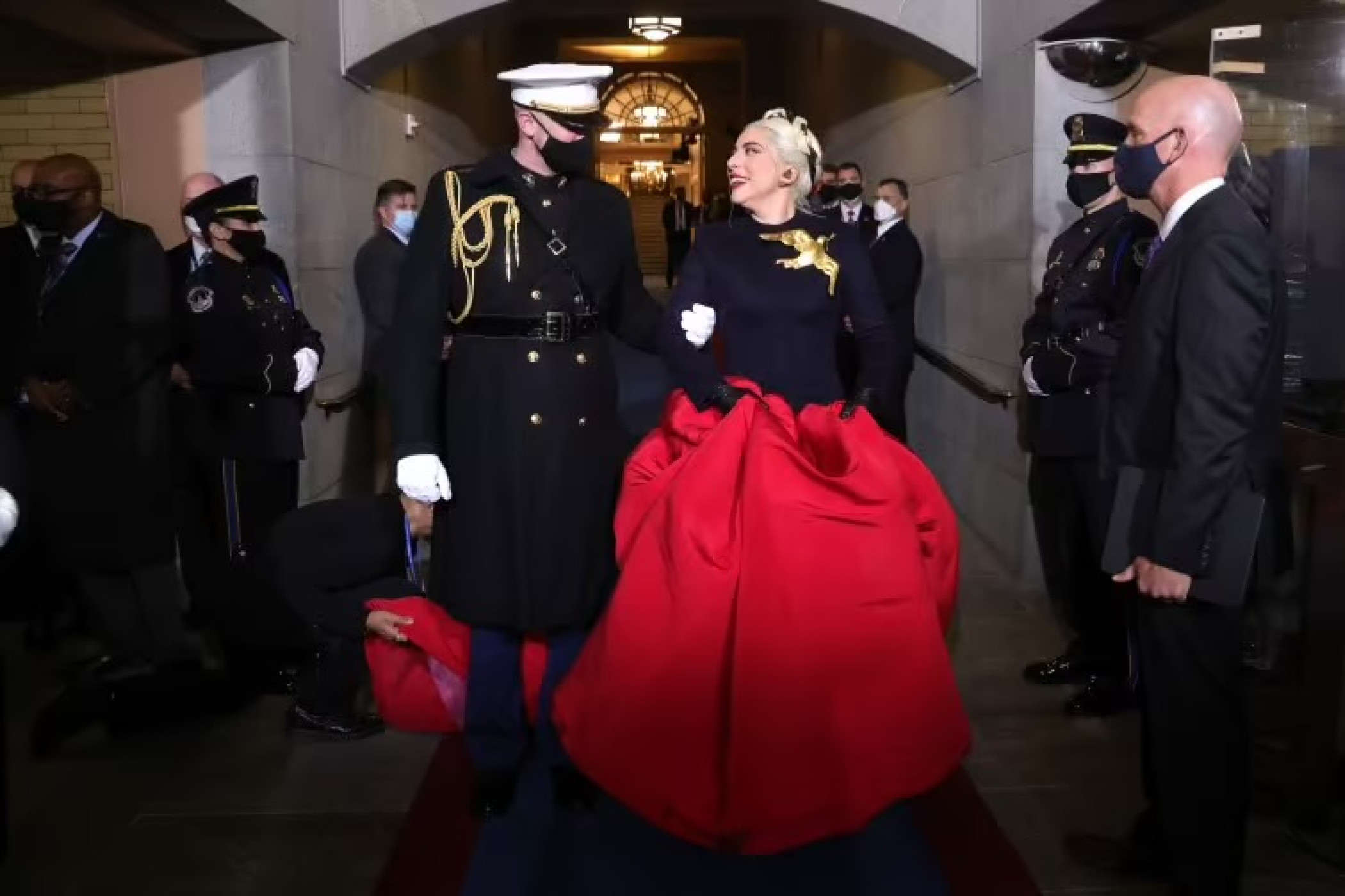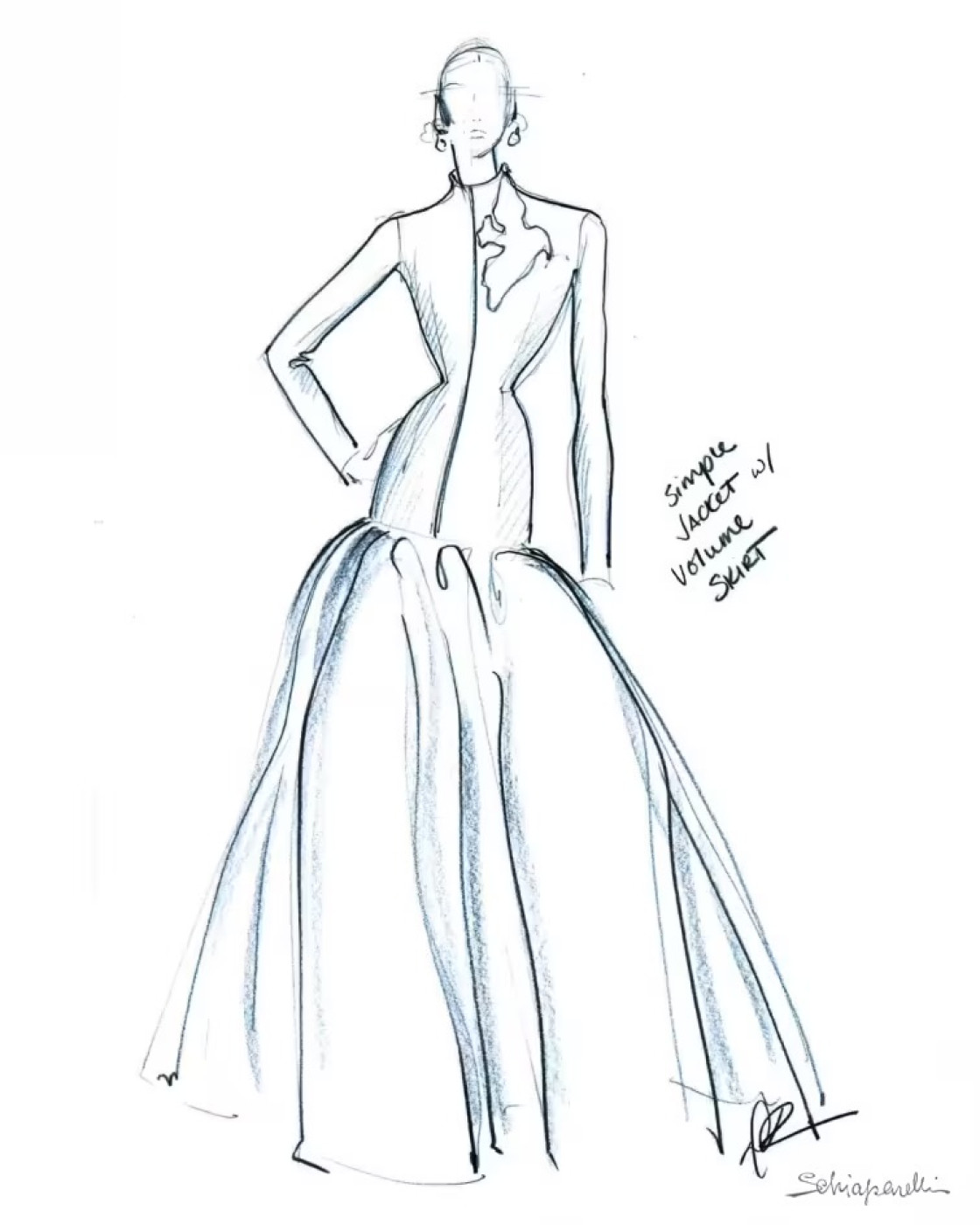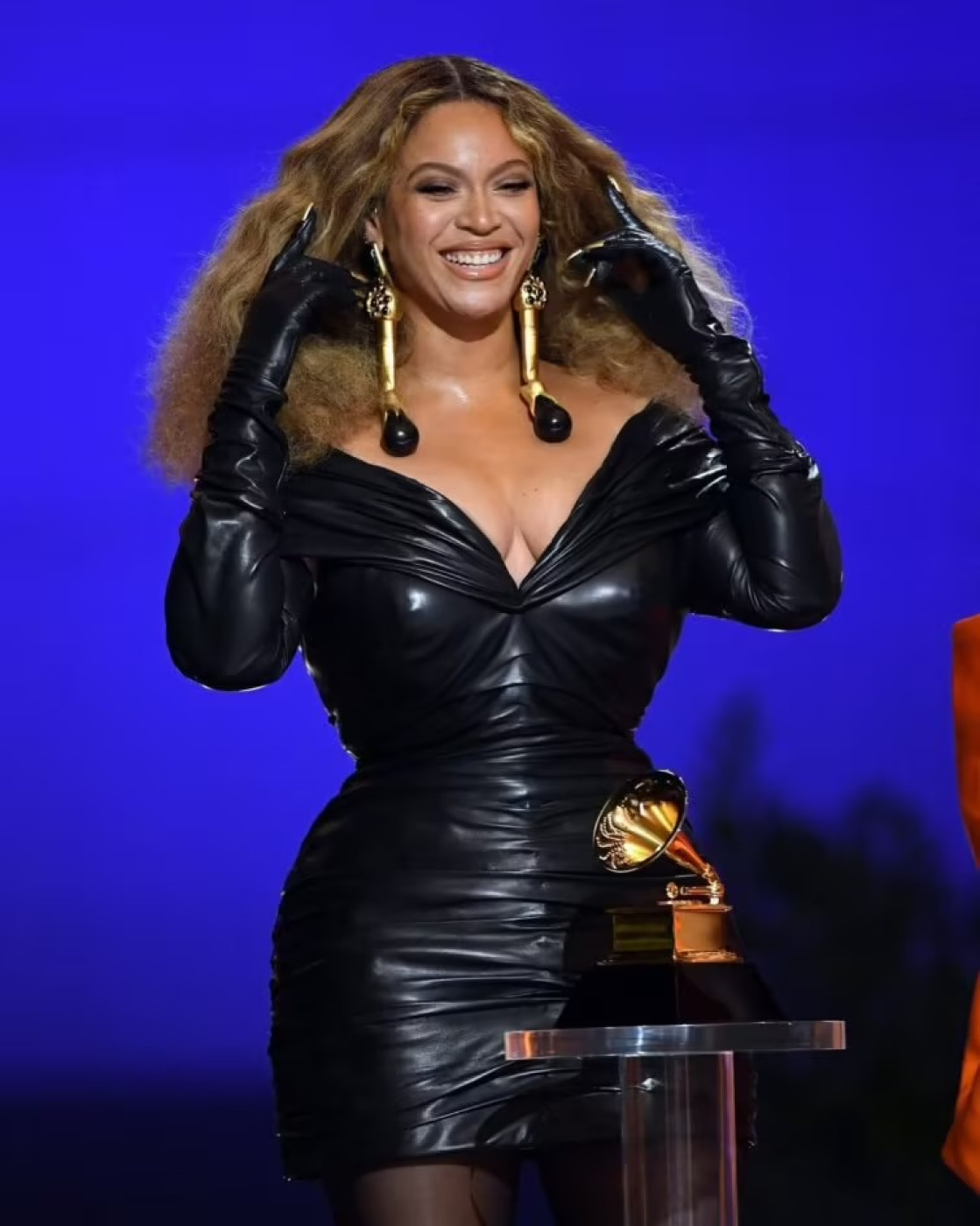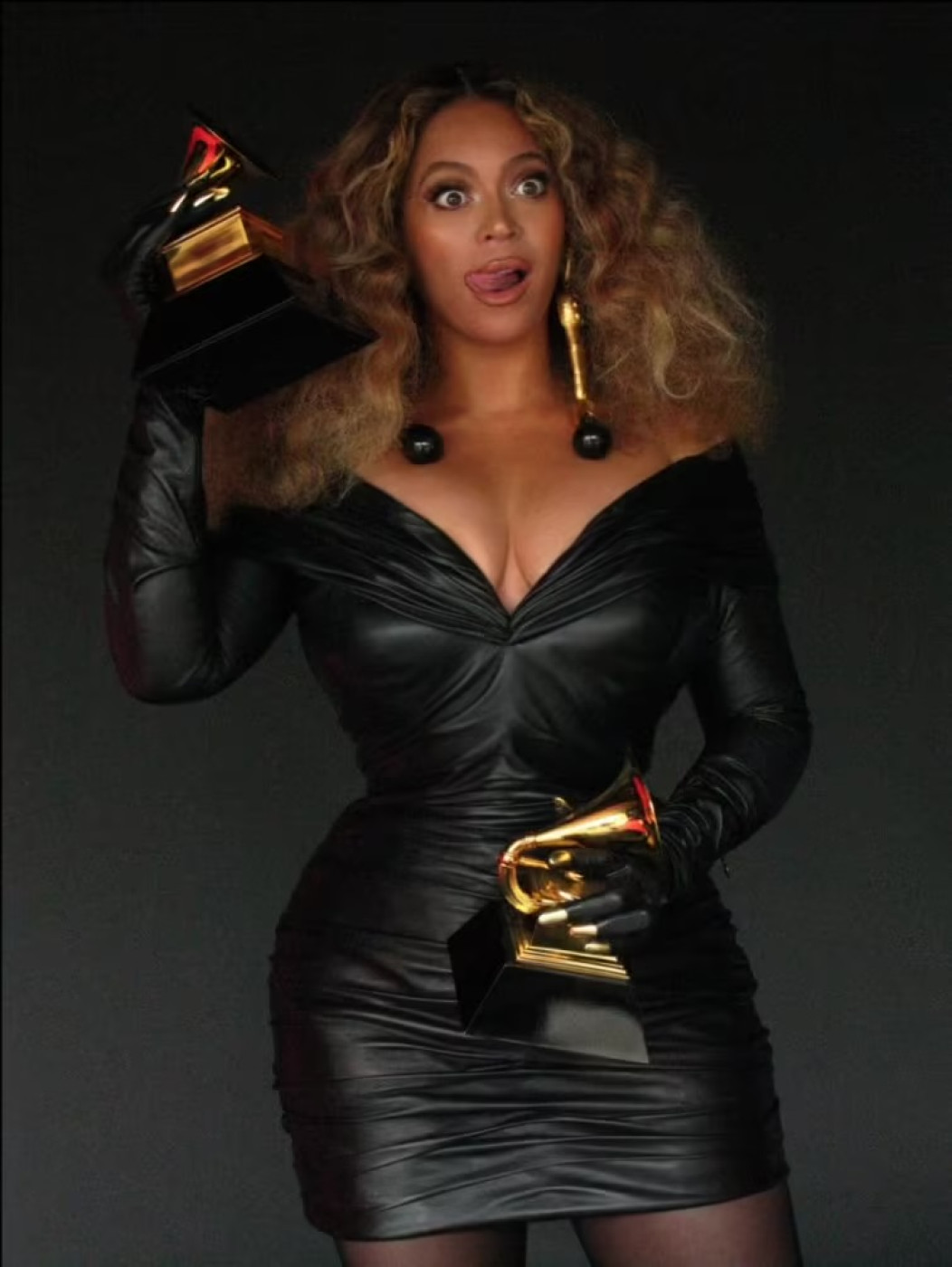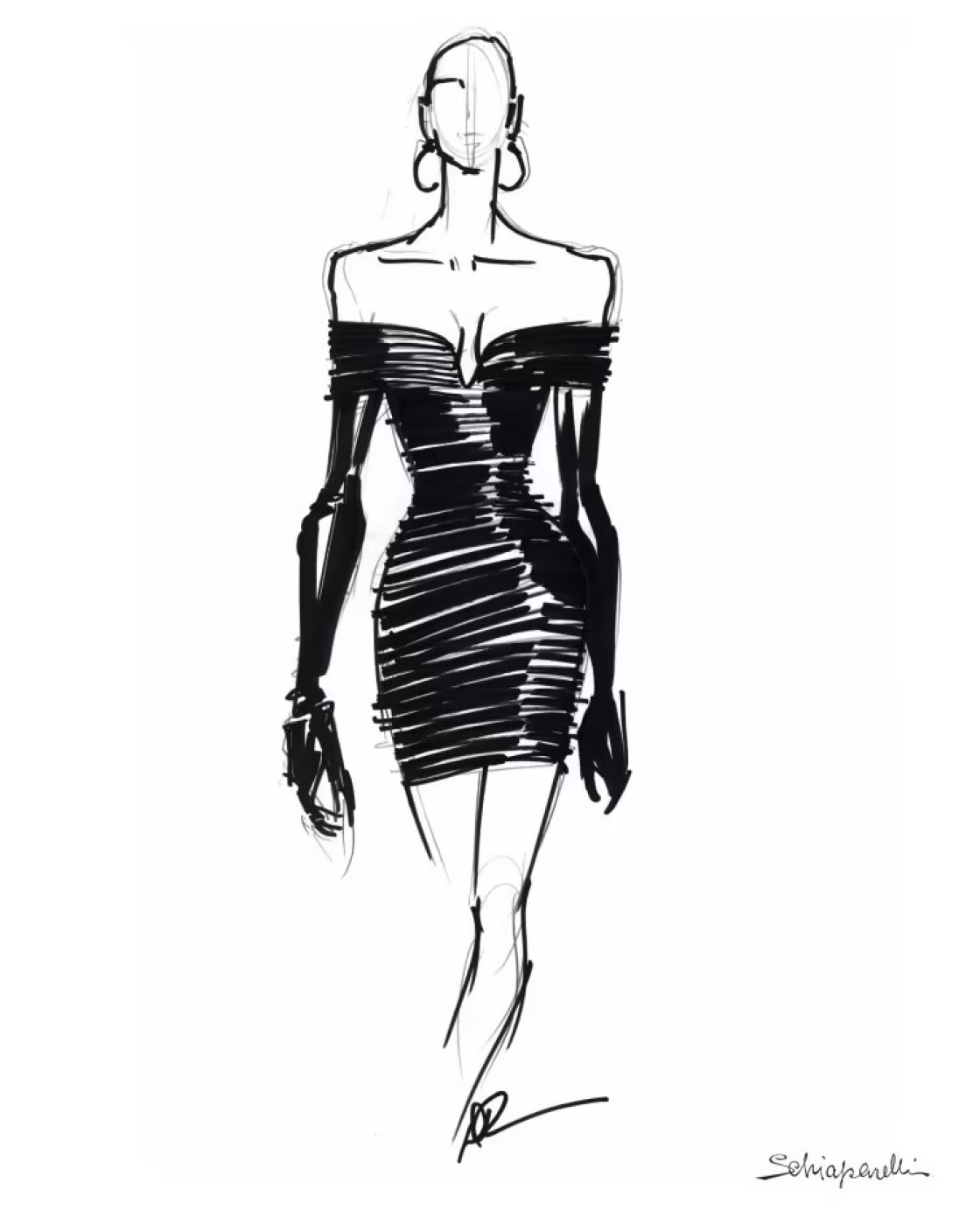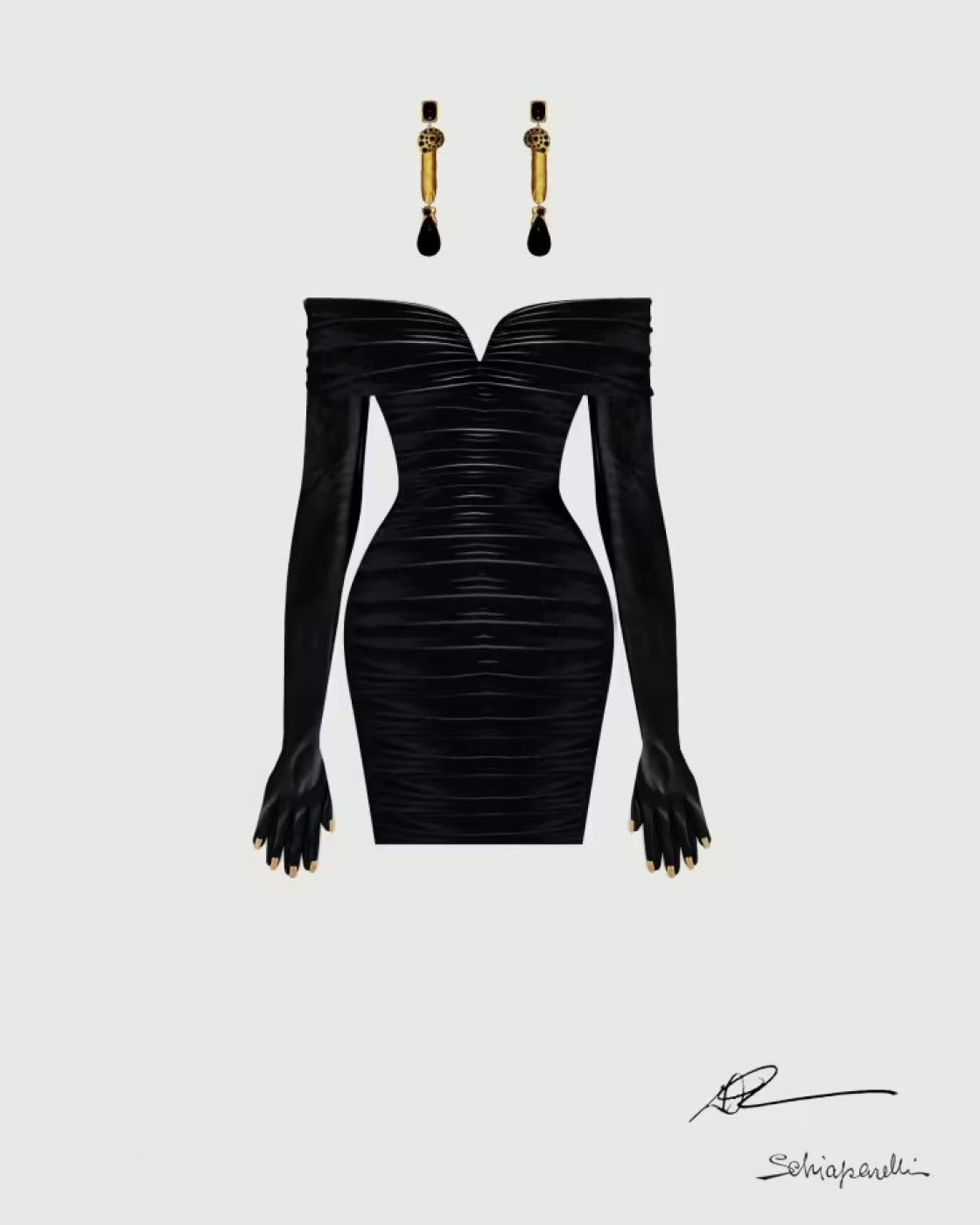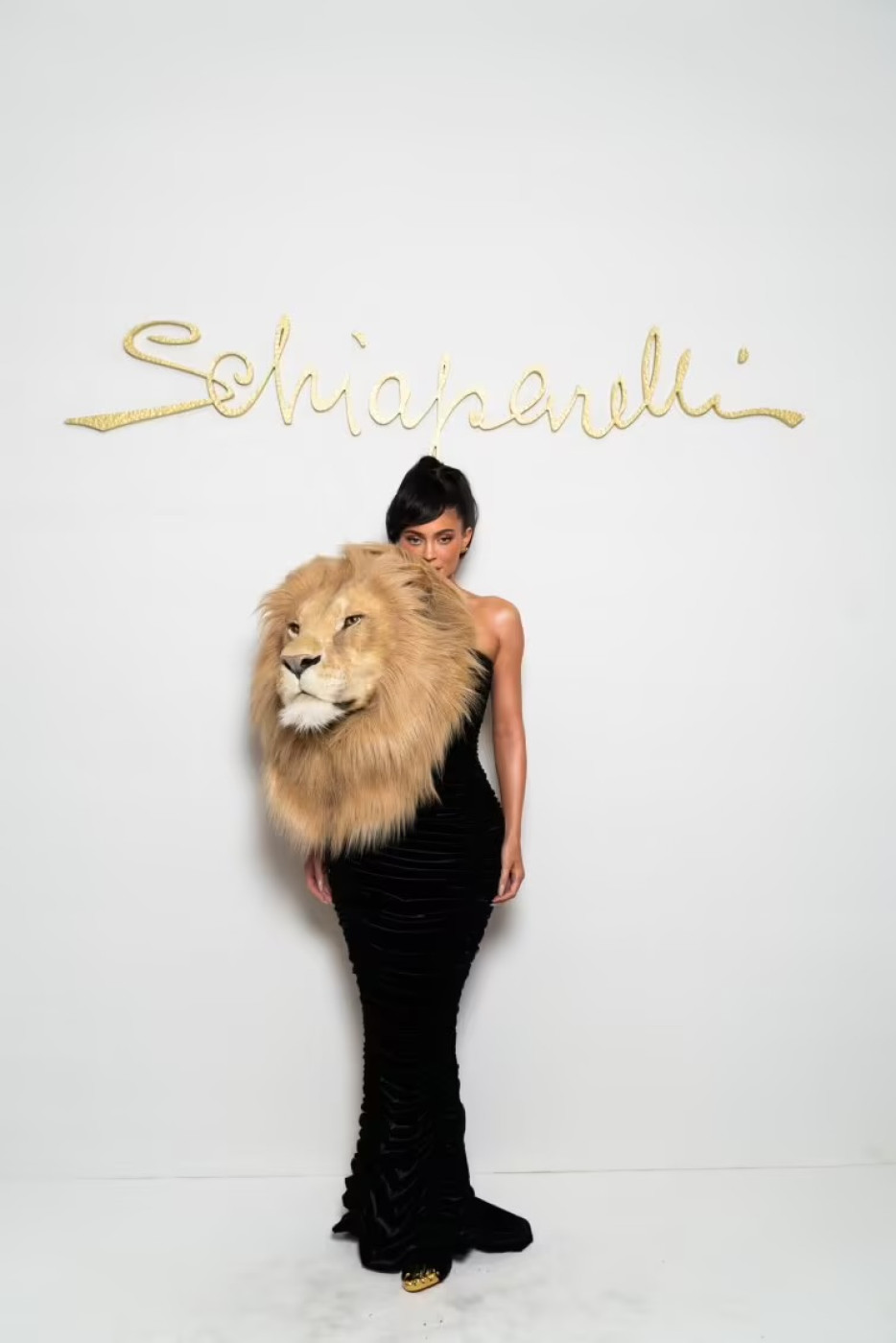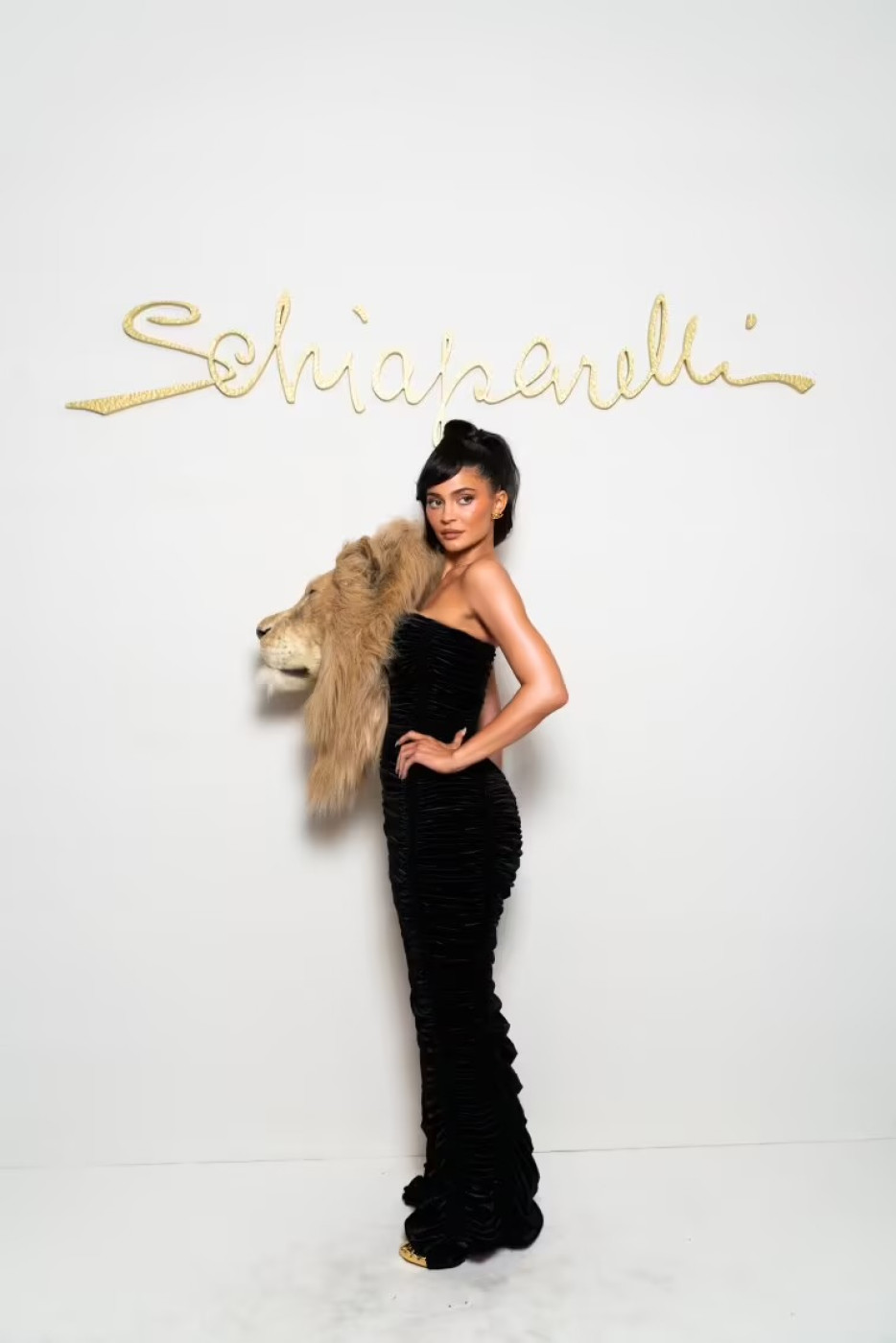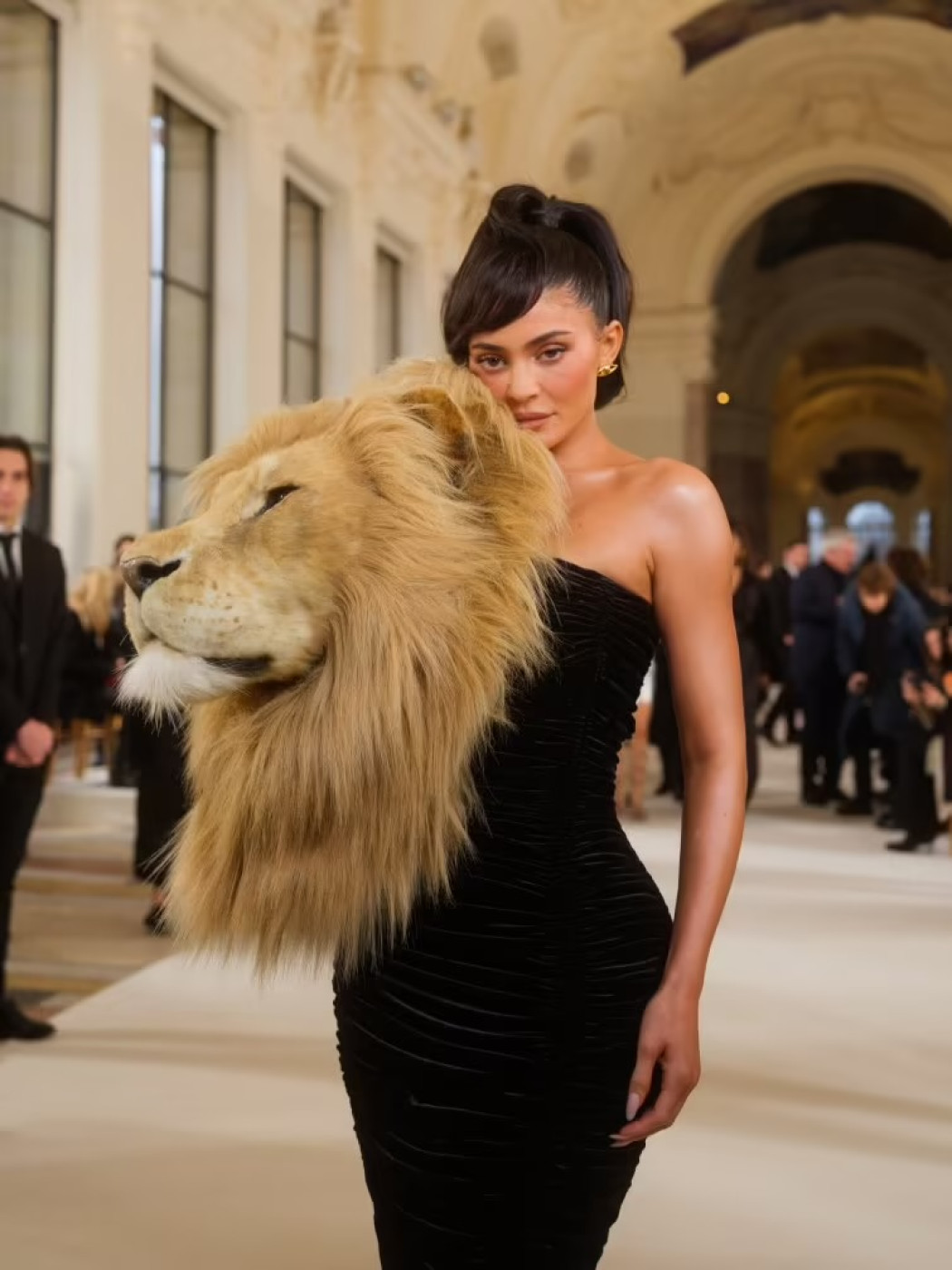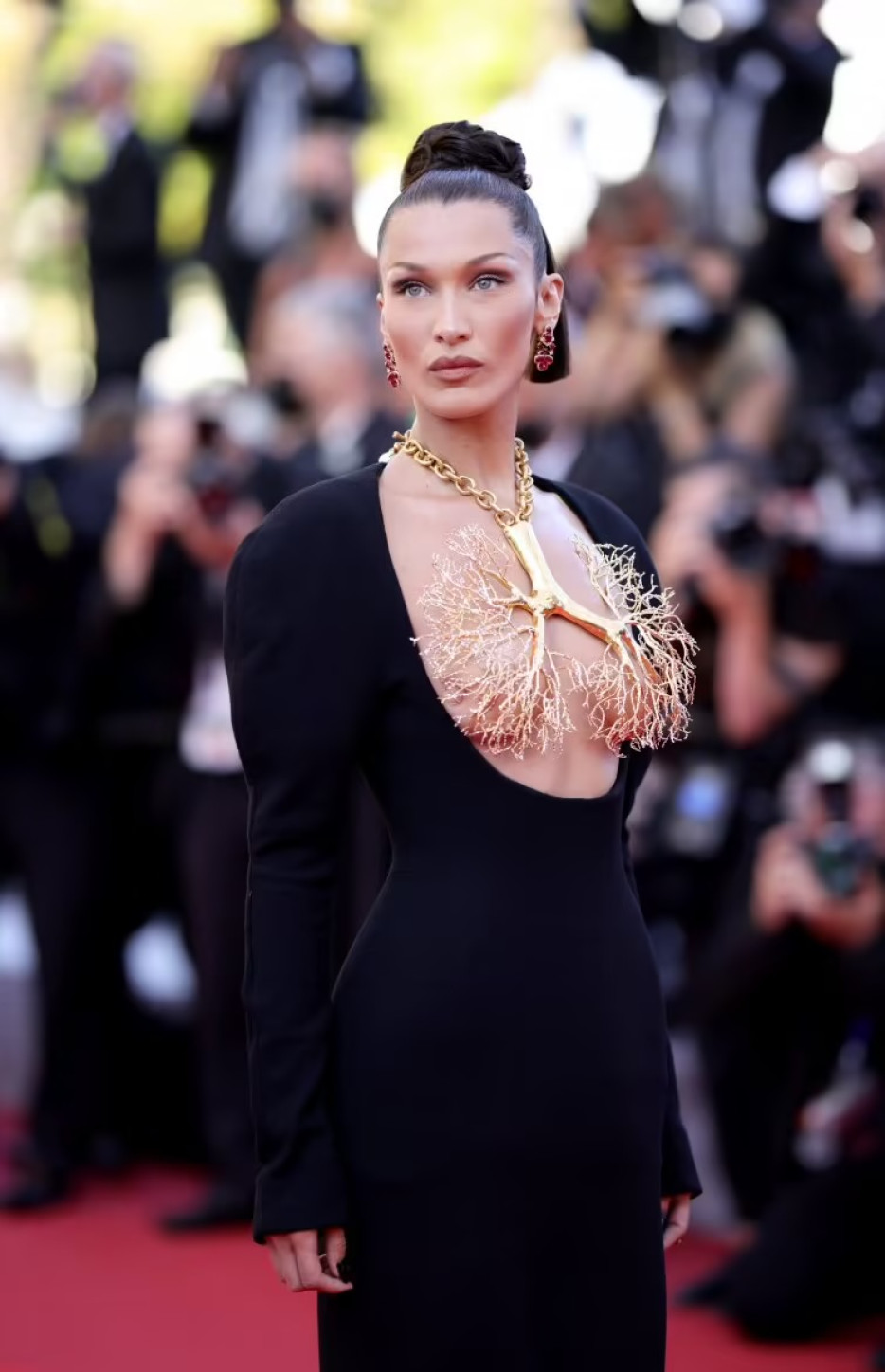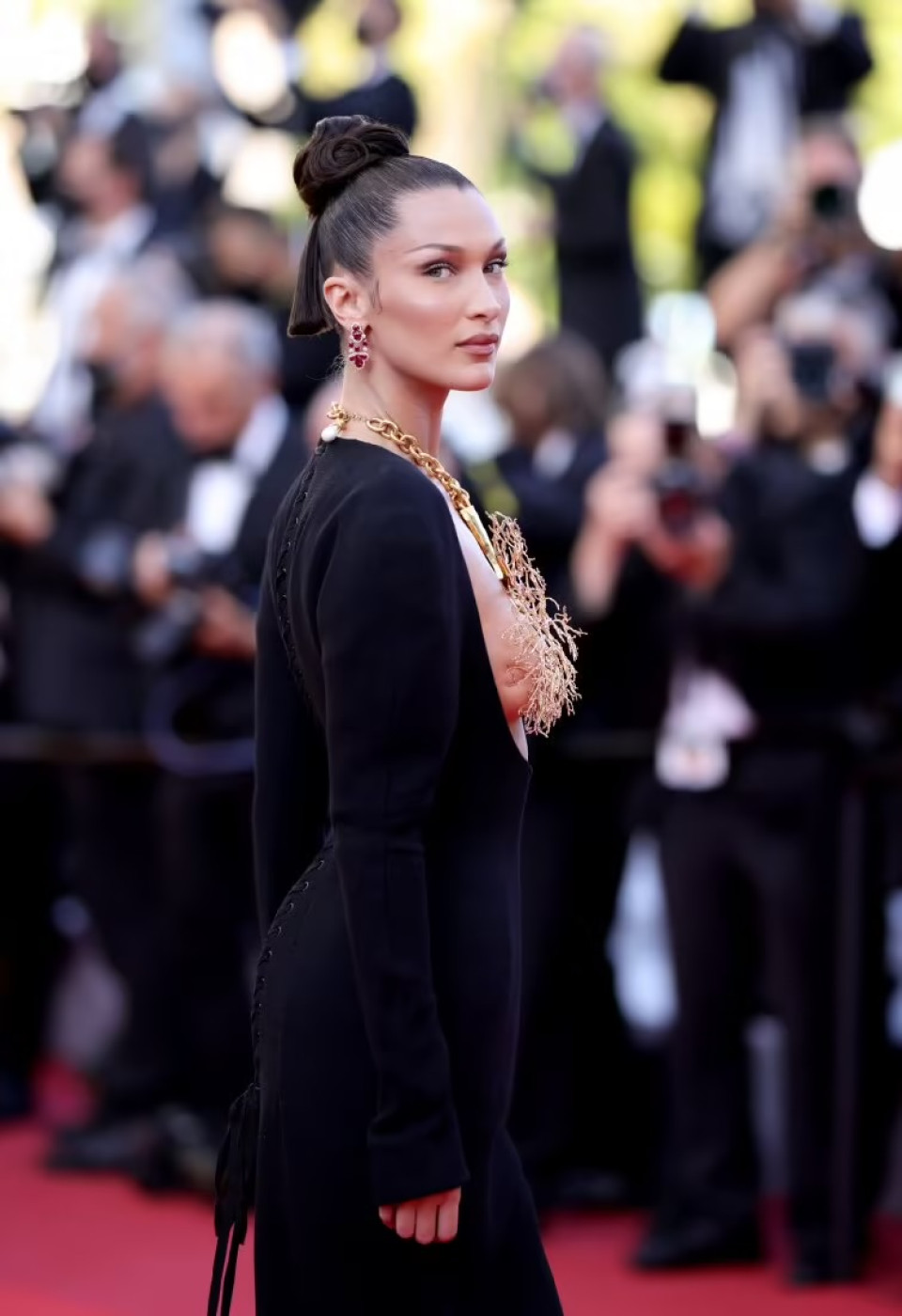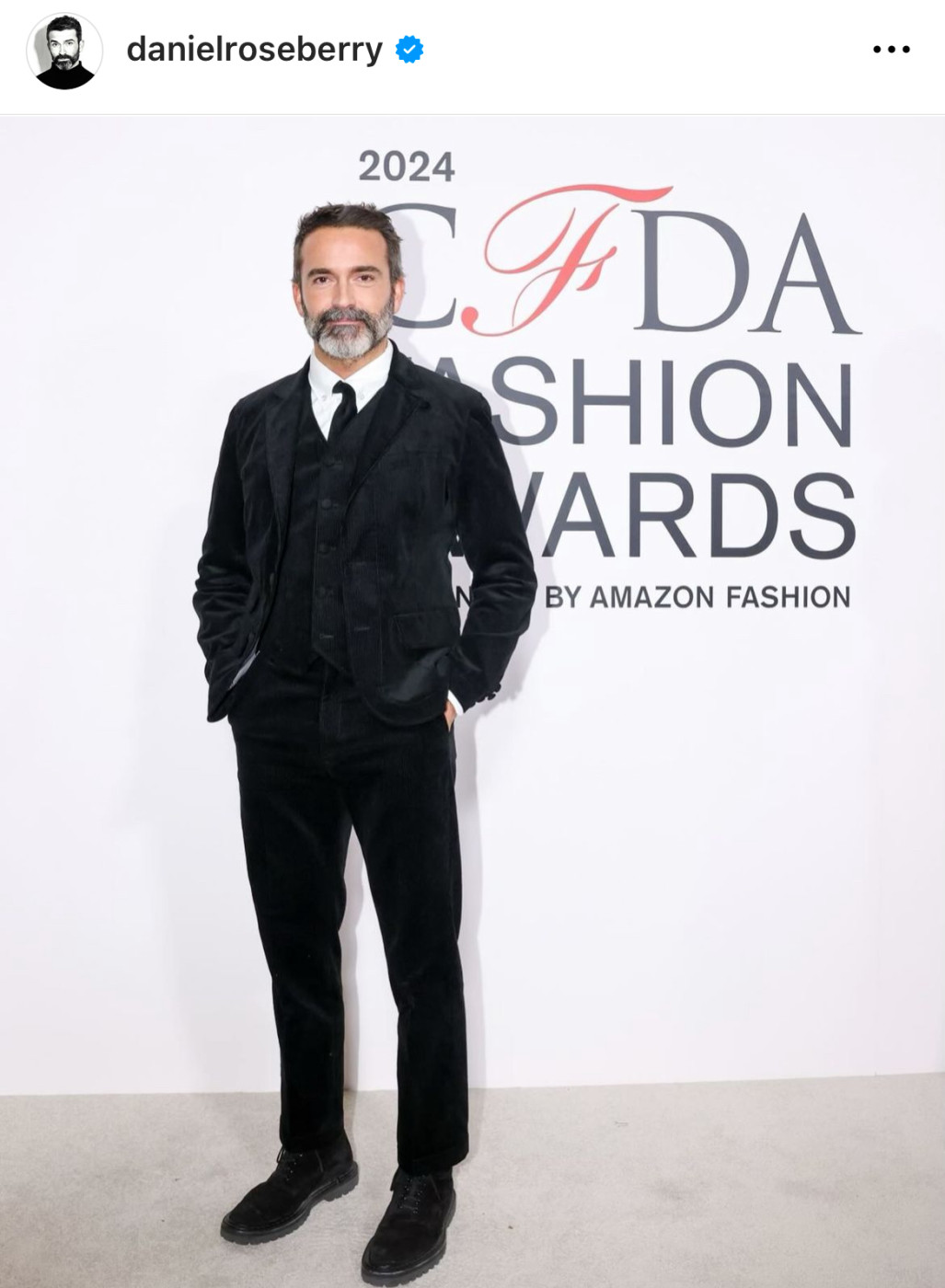
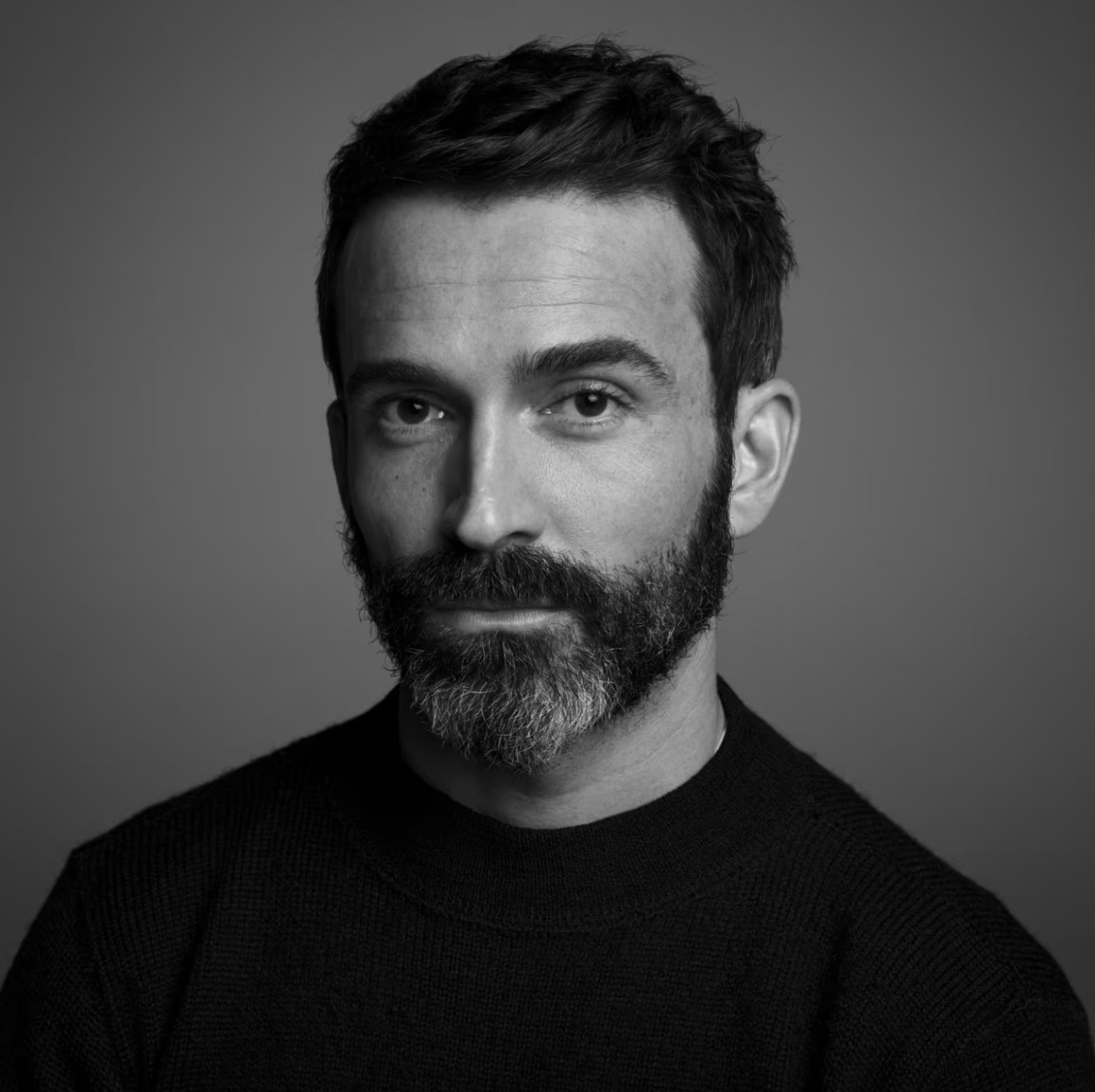
How Daniel Roseberry Transformed Schiaparelli Into a Hype Machine
Daniel Roseberry, who won International Designer of the Year at last week’s CFDA Awards, has transformed Schiaparelli into a hype machine. Now it’s time to scale up.
Elsa Schiaparelli, a Roman aristocrat and daredevil who lived in New York for a few years with a fraudulent fortune teller and their daughter, Gogo, launched her Paris fashion label in 1927. It was fun and eccentric and very chic. She basically invented the collab, working with surrealist artists including Salvator Dali, Man Ray and Jean Cocteau (although in truth she was preceded by Belgian designer Norine, who worked with Marcel Duchamp somewhat earlier). Schiaparelli’s reputation still sizzles, even though Elsa died in 1973 and her Maison lay dormant between 1954 and 2006, when it was given a new lease on life by Diego Della Valle, the owner of Tod’s and Roger Vivier. It was properly relaunched six years later, although it never really took off until 2019, when Daniel Roseberry took on the role of creative director, after relatively short stints by Christian Lacroix, Marco Zanini and Bertrand Guyon.
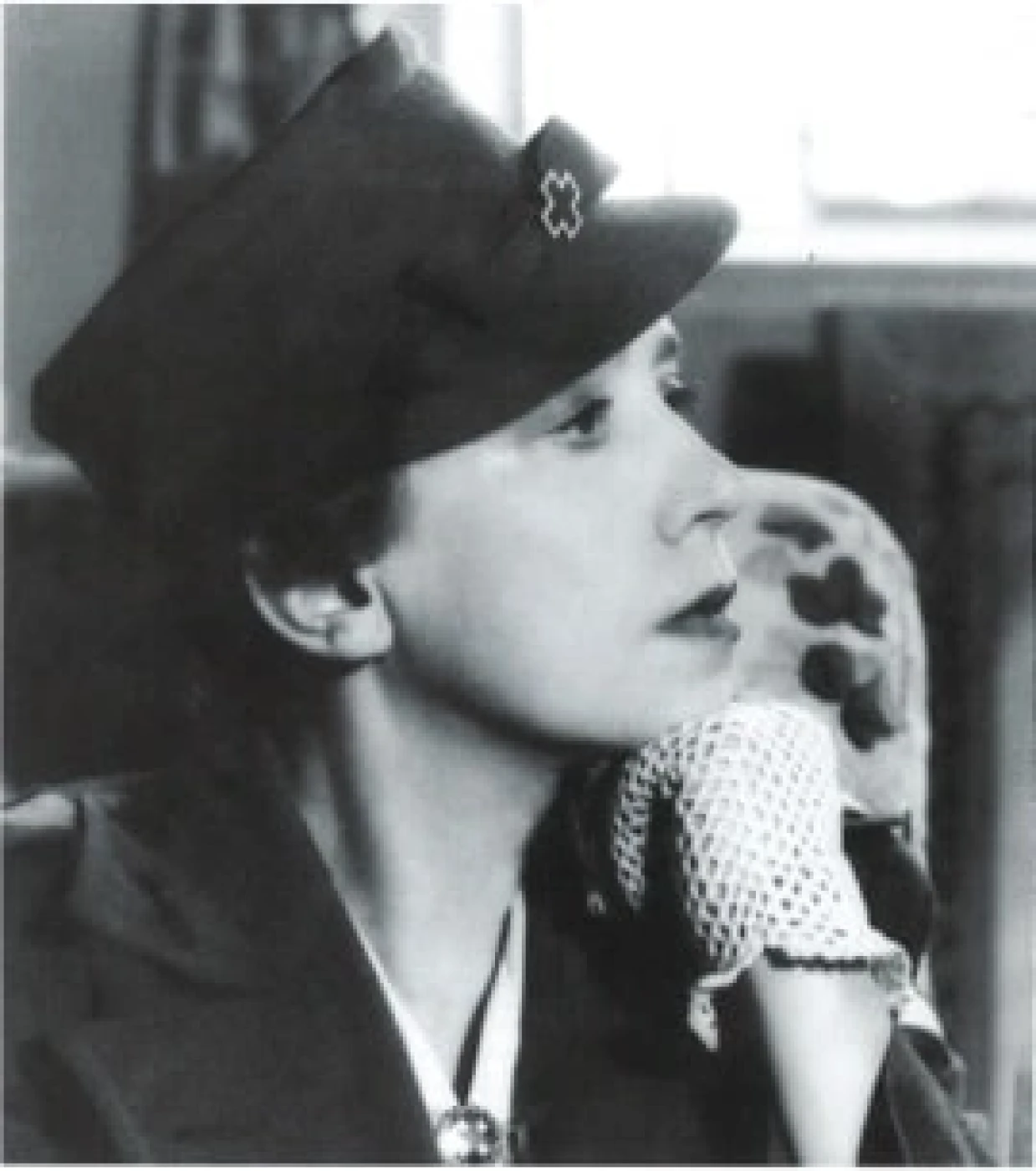
“I’m an outsider,” he told me a few years ago, when I interviewed him in his atelier on Place Vendôme for the Belgian magazine Knack Weekend, “I’m an American who grew up in the nineties. I’m not afraid of taking risks. I’m used to breaking the rules.” At the time, he was busy transforming the couture house into the go-to name for A-list celebrities, dressing Beyoncé, Kim Kardashian and Bella Hadid, among many others, in spectacular outfits. A bodybuilder’s torso molded into a leather shield, say, or a jewel resembling a pair of gilded lungs. Lady Gaga wore one of his gowns, red and blue with a giant gold dove on top when she sang the national anthem at American President Joe Biden’s inauguration in 2021. This year, First Lady Jill Biden was dressed in Schiaparelli on two occasions, in Paris and Mexico.
The image of Kylie Jenner wearing a realistic-looking, life-sized lion’s head attached to the shoulder of a strapless black dress at the Schiaparelli couture show in January last year at the Petit Palais went around the world, causing controversy and delight. It established Schiaparelli as a force on social media, and on red carpets.
Roseberry grew up in Plano, Texas, one of five children of a Christian minister and an artist. His childhood was intense, he confided: “My father was an exceptional preacher. I grew up with his sermons, week after week, in a room with 500 churchgoers. Music, incense, flowers, guests: ultimately, a mass has lots in common with a fashion show. And then there was my mom. She teached me how to draw.” He was obsessed with Disney and still is. “Disney teached me how to be a dreamer. Disney stands for excellence, for American entertainment. It’s a very important part of my childhood.”
Roseberry was convinced he’d work in animation. Until, at 13, he attended his older brother’s wedding. “My eye fell on my sister-in-law’s dress. It inspired me, but I also saw things I would have done differently. After the wedding, I began drawing wedding dresses, then I moved on to fashion, and I never looked back.” He studied at New York’s Fashion Institute of Technology, interned at Thom Browne, and stayed for the ride. He eventually became Browne’s design director, overseeing both men’s and women’s collections. “I was Thom’s right hand for almost ten years. One of the reasons I enjoyed working for him so much was the shows, they were that good.”
“It was my first job. The business was growing and at some point, I had to decide: starting a new chapter with Thom, or taking a risk and trying something else. My mom always said: first you jump, and then the safety net will appear. That’s why I left. I didn’t have another job lined up.” He sent his portfolio to Schiaparelli three months later.
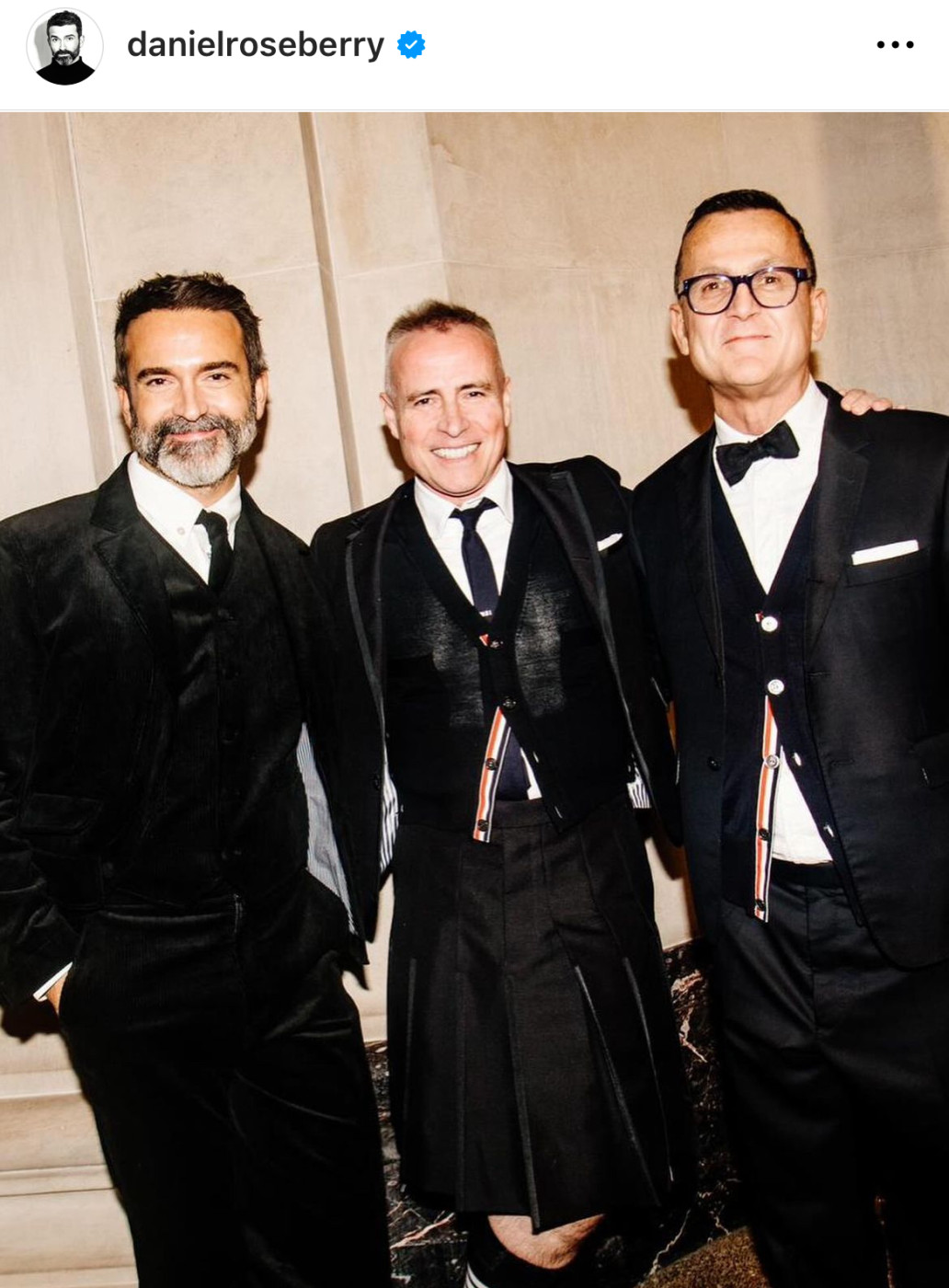
Last week, Daniel Roseberry was named International Designer of the Year at the CFDA Awards, and his name often comes up in the name game of a rapidly changing fashion industry. Rumours have placed him at every imaginable leading brand, including Chanel. Schiaparelli, meanwhile, is on a roll. Although still a relatively small brand, it matters. It didn’t have a ready-to-wear line until last year. It has no real stores — there’s the showroom inside the HQ at 21 Place Vendôme, a building that was once owned by Elsa Schiaparelli, as well as concessions at Bergdorf Goodman, Neiman Marcus and Harrods, and a pop-up in Shanghai. It doesn’t advertise. It doesn’t have an easy-to-find perfume, even though Schiaparelli was legendary for fragrances — most notably, Shocking— throughout the 20th Century.
Still, it has a bigger weight in pop culture than most other luxury heritage houses. And its fans are fierce. At Schiaparelli’s couture shows, the front row is decked out in the brand’s outfits, including jewellery, bags, and shoes. The problem is, Roseberry recently acknowledged in The New York Times, now that the house has, essentially, “called the bluff of everyone and actually built the dream,” it has to build the business. “If we want the world to understand Schiaparelli as more than just red carpet and couture, it has to become more available.”
When we met in his atelier on Place Vendome a couple of years ago, Roseberry was already brimming with quiet but determined ambition. “This is just a shadow of where I want to take Schiaparelli. I feel like we’ve just started. I want the house to be really important. Really dominant. We don’t need to be huge. I’d like us to remain special and exclusive. But important: yes!”
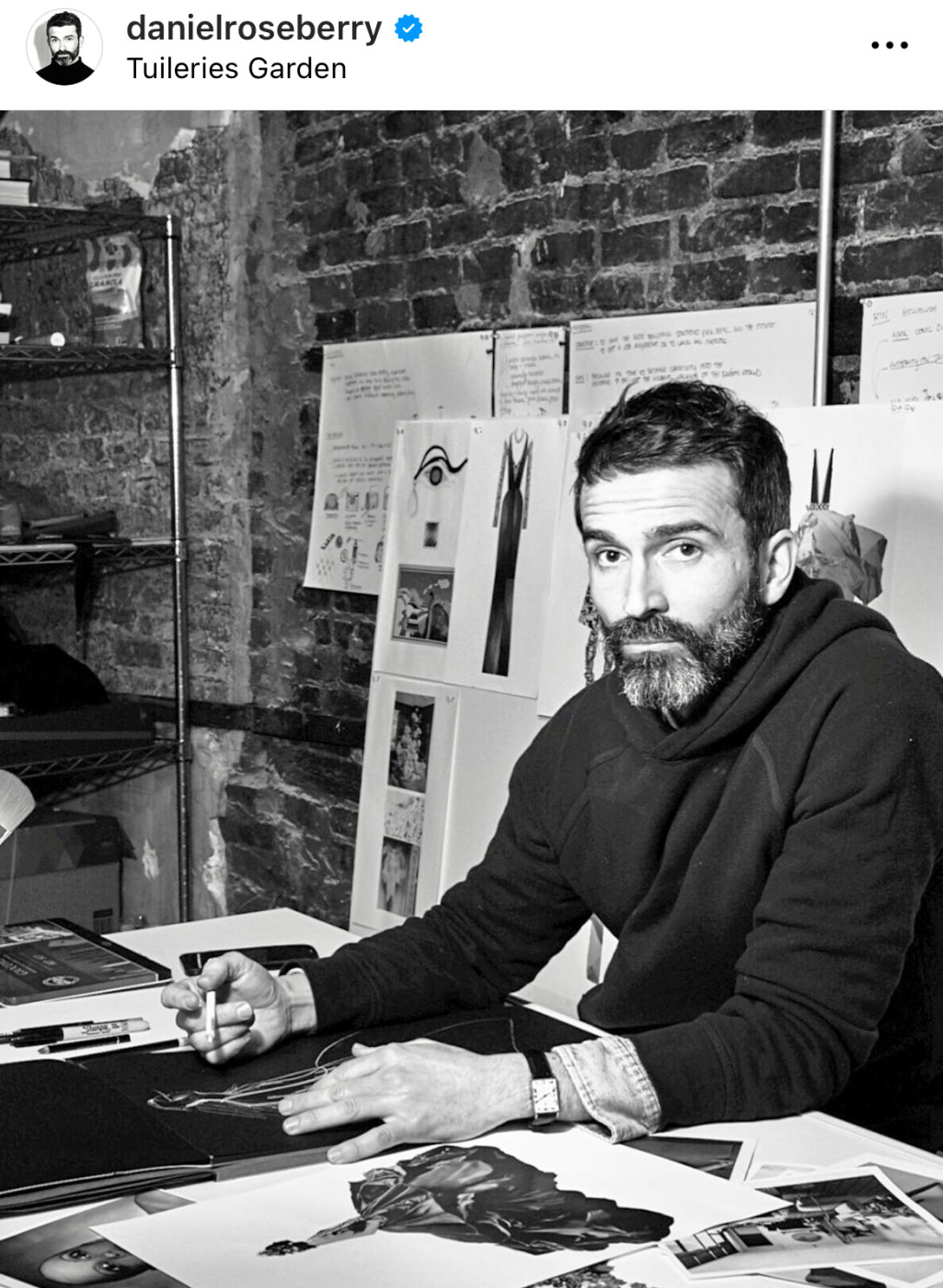
Courtesy: Schiaparelli official website
Text: Jesse Brouns


